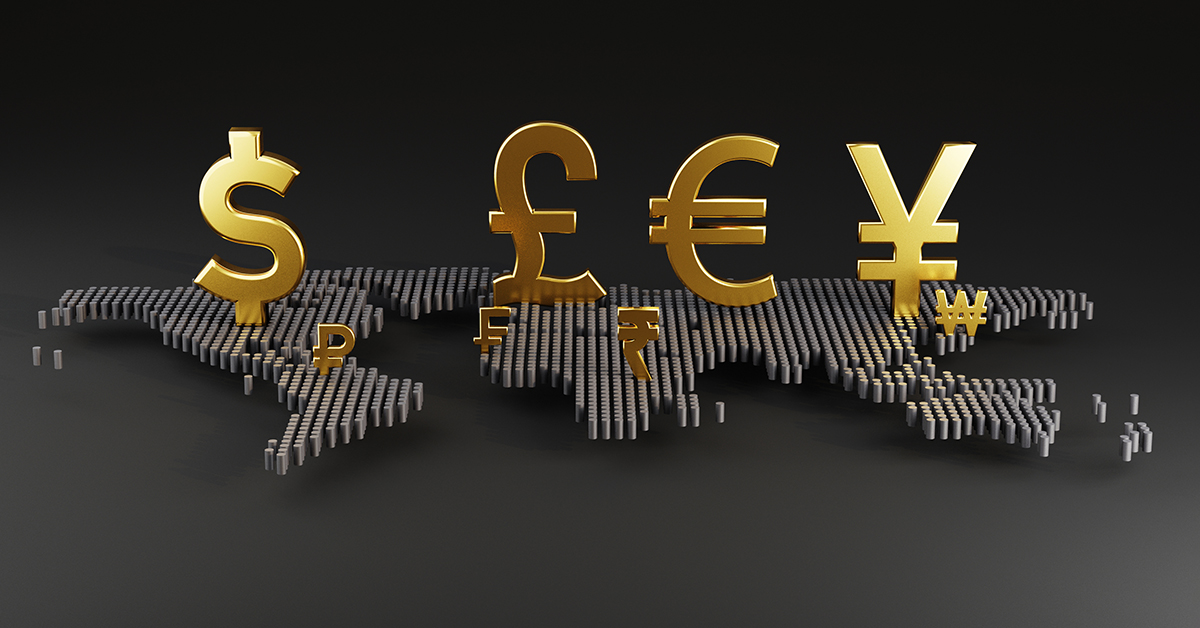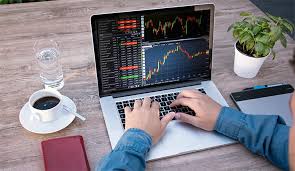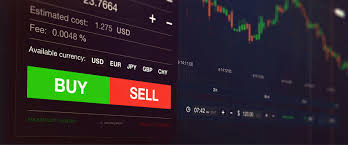
What is Margin in Forex Trading?
Margin is a fundamental concept in forex trading that every trader should understand. It enables traders to control larger positions with a smaller amount of capital. In this article, we will delve into the details of what margin is, how it works, and why it is crucial for your trading success. For more in-depth trading resources, visit what is margin in forex trading https://trading-connexion.com/.
What is Margin?
In the context of forex trading, margin refers to the amount of money that a trader must deposit with their broker to open and maintain a leveraged trading position. Margin is not a fee or a cost; rather, it is a portion of your account equity that is set aside as collateral for your open trades. Margin allows traders to control larger trades than their actual capital would otherwise allow.
Types of Margin in Forex
There are two primary types of margin in forex trading: initial margin and maintenance margin.
1. Initial Margin
The initial margin is the amount of capital required to open a position. It is expressed as a percentage of the total trade value. For example, if a broker offers a leverage of 100:1, this means the trader needs to deposit only 1% of the total trade value to open a position. If a trader wants to buy a currency pair worth $10,000, they would need to maintain a margin of $100 in their trading account.
2. Maintenance Margin

The maintenance margin is the minimum amount of equity that must be maintained in the trading account to keep a position open. If the account equity falls below this level due to market fluctuations resulting in losses, the trader may receive a margin call from the broker. A margin call is a notification that additional funds must be deposited to maintain the position or the broker may close it to prevent further losses.
How Margin Works
Margin works on the principle of leverage, where traders can control large amounts of currency with a relatively small amount of capital. For example, with a leverage of 100:1, a trader can control $100,000 worth of currency by depositing just $1,000. While this can amplify profits, it also increases the risk of significant losses.
Example of Margin in Action
Let’s say a trader wants to buy 10,000 units of EUR/USD at an exchange rate of 1.2000. The total value of this position would be:
Total Position Value = 10,000 × 1.2000 = $12,000
If the broker offers a leverage of 100:1, the initial margin required to open this position would be:
Initial Margin = Total Position Value / Leverage = $12,000 / 100 = $120
This means the trader needs to have at least $120 in their account to open this position. If the trade moves against the trader and their account equity falls below the maintenance margin level, they may receive a margin call.
The Benefits of Using Margin
Trading with margin offers several advantages:

- Increased Buying Power: Margin allows traders to open larger positions and potentially increase their returns.
- Diversification: With margin, traders can spread their capital across multiple currency pairs, reducing risk.
- Flexibility: Margin trading can provide more flexibility in trading strategies and opportunities.
The Risks of Margin Trading
While trading with margin can amplify profits, it also comes with significant risks:
- Increased Losses: Just as profits are magnified with margin, so too are losses. A small adverse movement in the market can lead to substantial losses.
- Margin Calls: If the account equity falls below the maintenance margin level, traders may face a margin call, requiring them to deposit more funds or close positions.
- Emotional Stress: The financial pressure from leveraged trading can lead to emotional decision-making, affecting trading performance.
Tips for Managing Margin Effectively
To mitigate the risks associated with margin trading, consider the following tips:
- Understand the Margin Requirements: Always be aware of the margin requirements set by your broker and ensure you have enough capital in your account.
- Use Stop-Loss Orders: Implementing stop-loss orders can help protect your capital by automatically closing positions at predetermined levels.
- Avoid Over-leveraging: While it might be tempting to maximize leverage, be cautious and only use leverage levels you can comfortably manage.
- Regularly Monitor Your Positions: Keep an eye on your trades and account equity to quickly respond to adverse market movements.
Conclusion
Margin is an essential concept in forex trading that provides traders with the opportunity to leverage their capital and control larger positions. Understanding how margin works, along with its benefits and risks, is crucial for developing a successful trading strategy. As you engage in forex trading, ensure that you manage your margin effectively to optimize your chances of success while reducing potential pitfalls.
Whether you are a novice or experienced trader, a solid grasp of margin in forex can significantly impact your trading outcomes. Always remember to trade responsibly and never risk more than you can afford to lose.